
 |
|
|||||||
| FM/DM threads Everything about FM/DM in CoD |
|
|
Thread Tools | Display Modes |
|
#1
|
||||
|
||||
|
I moved it from another topic about FM issues in COD:
Quote:
Look at these document for Merlin III engine from 1940:  IT doesnt look similar to Merlin XII which used also 100 octan fuel? Also developers really dont care too much RL performacne of BoB planes ( Spitfire, Hurricane and 109). It is another their fault in these game. I just check COD manual with peformacne data for Spitfire, Hurricane and 109 where is very wrong data for these planes ( climb rate, maximum speeds and turn rate). Here are some RL data for these planes: Spitfire Mark I from BOB period ( CS propeller, aditional armour and windshield) Here is speed with old power settings - +6 1/2 lbs and with new emergency power - + 12 lbs.  Spitfire MK1 climb rate at 6 1/2 lbs: 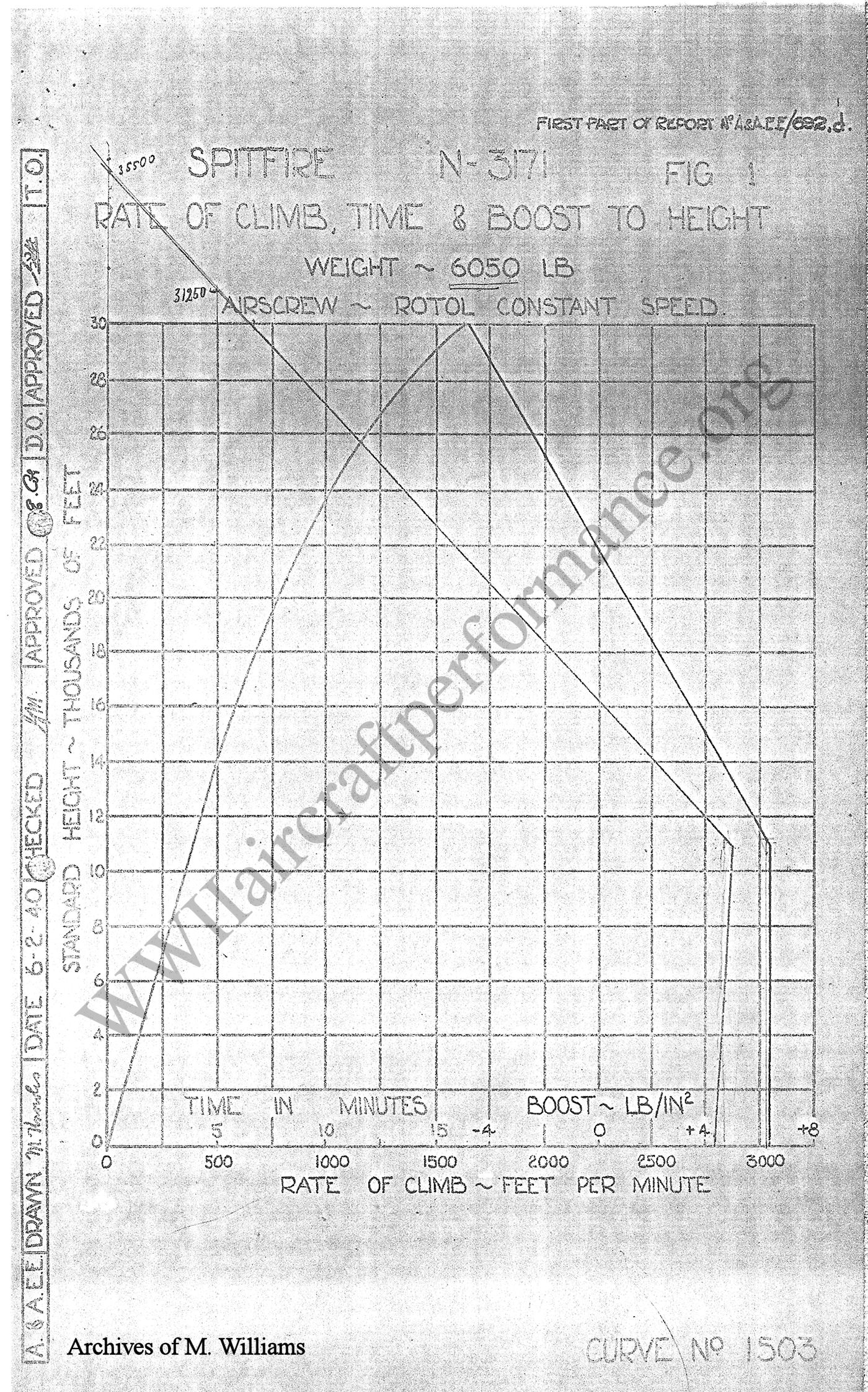 Spitfire turn rate at 6 1/2 lbs CSP:  Hurricane MK1 from BOB peroid ( CS propeller, aditional armour, 100 octan fuel) 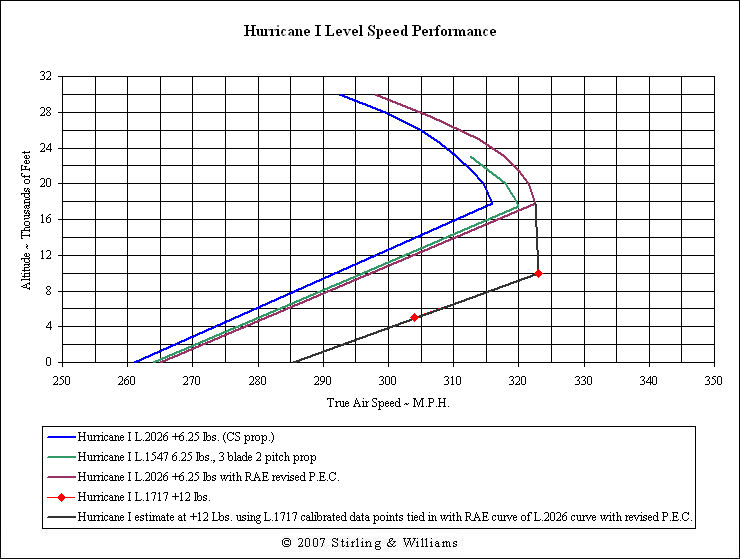 Climb rate for Hurricane MK1 but without aditional armour and armoured winshield 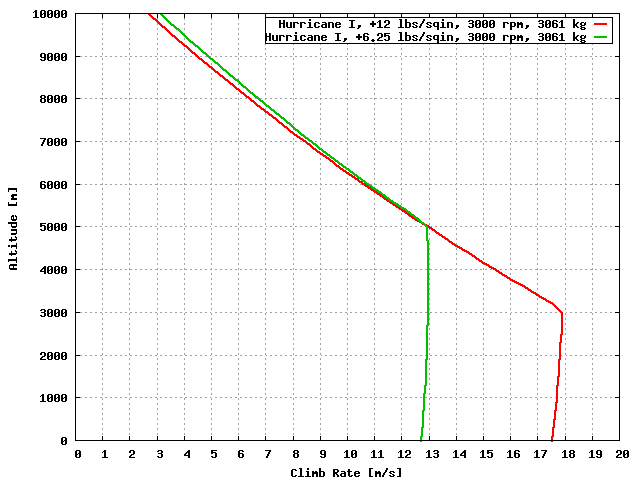 For comparison climb rate at 6 1/2 lbs Hurricane withou armour and with aditional armour 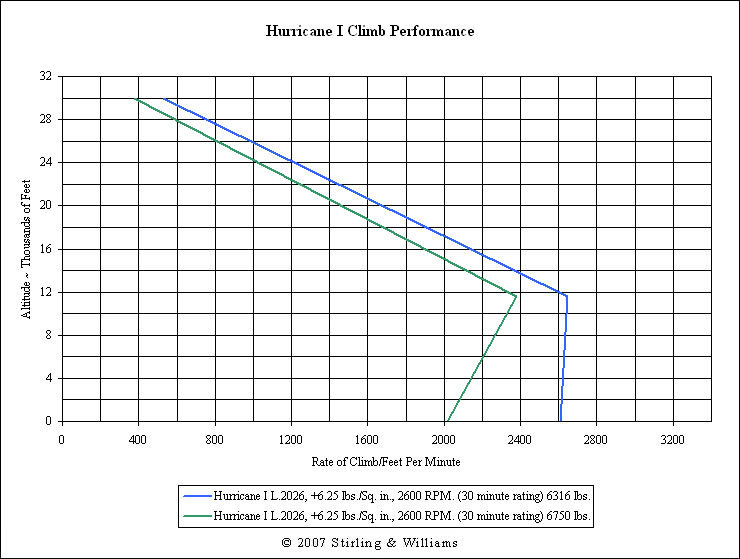 And the same with speed - Hurrciane MK1 without aditional armour 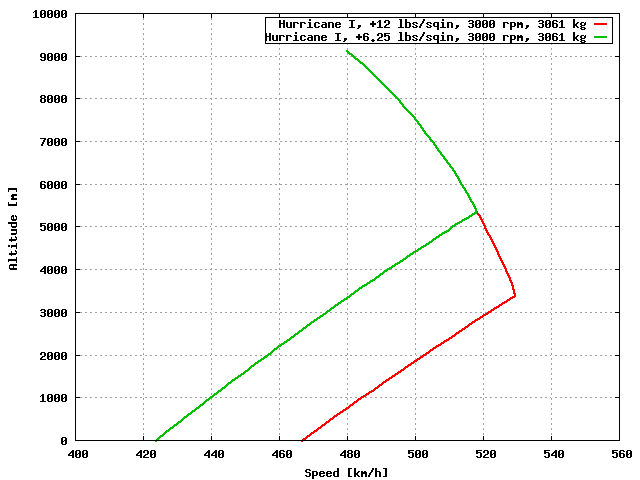 ( Hurricane from BOB peroid with aditional armour/ armoured windshield would be slowier) Bf 109 E-3 with DB 601 Aa engine - 1.45 Ata emergency power: D a t e n b l a t t Me 109. A b m e s s u n g e n: Spannweite 9,90 m Gesamtlänge 8,76 m Grösste Höhe 2,45 m Flügelfläche 16,40 m G e w i c h t e: Zelle 650 kg Triebwerk 1075 " Ständige Ausrüstung 85 " Zusätliche Ausrüstung 200 " Rüstgewicht 2010 kg Zuladung 530 kg Fluggewicht 2540 kg M o t o r l e i s t u n g: 1) Nennleistung 1100 PS in 3700 m Höhe bei 2400 U/Min. (5 min. Kurzleistung in 3700 m Höhe) Erhöhte Dauerleistung 1050 PS in 4100 m Höhe bei 2400 U/min (30 Min.) Dauerleistung 1000 PS in 4500 m Höhe Sparsame Dauerleistung 970 PS in 3700 m Höhe Bei 2250 U/Min. 2) Startleistung 1175 PS in 0 m Höhe (zulässige Dauer 1 Min.) bei 2500 U/Min. 3) Bodenleistung 1015 PS in 0 m Höhe Kurzleistung (5 Min. Dauer) bei 2400 U/Min. Erhöhte Dauerleistung 950 PS in 0 m Höhe (zulässige Dauer 30 Min.) bei 2300 U/Min. Dauerleistung 860 PS in 0 m Höhe bei 2200 U/Min. Speed: Höchtsgeschwindigeit in 0 m 500 km/h in 1000 m 510 " in 2000 m 530 " in 3000 m 540 " in 4000 m 555 " in 5000 m 570 " in 6000 m 565 km/h in 7000 m 560 km/h  Climb rate: S t e i g z e i t e n. Steigzeit auf 1000 m 1,0 Minuten auf 2000 m 1,9 " auf 3000 m 3,0 " auf 4000 m 3,8 " auf 5000 m 4,9 " auf 6000 m 6,3 " 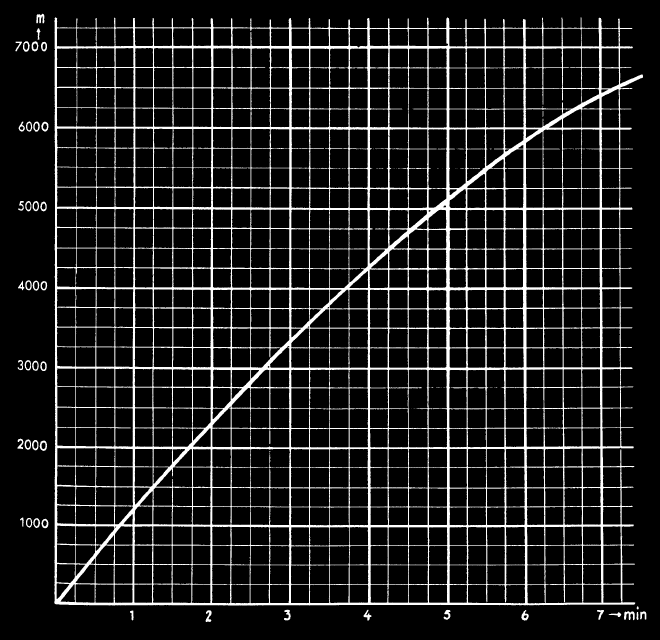 Turn rate : These are, at Sea Level and at 6000 m, with and without deploying flaps to aid turning : Without use of flaps : at 0 m altitude - 170 m (557 feet), at 6000 m (19 685 feet) altitude - 320 m (1050 feet). With use of flaps : at 0 m altitude - 125 m (410 feet), at 6000 m (19 685 feet) altitude - 230 m (754 feet). Similiar figures are given by a calculation by Messerschmitt AG on Bf 109E turn times and radius in an internal Messerschmitt report. The calculation was based on a similiar set of data, but assumes the slightlly lower power output of the DB 601A-1 at 990 PS. Conditions in the calculation were 2540 kg weight, 990 PS output, an altitude of 0 m and no height loss. Under these conditions, the turning characteristics of the Bf 109E were as follows : Turn time for 360 degrees: 18,92 seconds. Turn radius for above turn: 203 m Take note that the smallest turning radius and the best turning time do not occur at the same airspeed, which would Further calculations were made for a diving turn of a descent rate of -50 m/sec, which would be equivalent translate to an overall power output Turn time for 360 degrees in a -50m/sec diving turn : 11,5 seconds. Turn radius for the -50m/sec diving turn above : 190 m For comparison turn rate for Spitfire MK1, Hurricane MK1, 109 E-4 SPITFIRE Mk.I Turn Performance 300mph - 1,000ft 5,000ft 10,000ft 15,000ft One 360 - 12.2s 13.5s 14.7s - Two 360s - 24.9s 28.2s 30.3s - 250mph One 360 - 10.8s 12.8s 13.4s 14.1s Two 360s - 24.4s 28.2s 29.9s 33.2s Sustained No Flaps - 14.8s 16.0s 17.8s 20.8s Full Flaps - 15.1s 16.4s 18.1s 21.8s Best Flap - none none none none Speed/best - 125mph 125mph 125mph 120mph Hawker Hurricane Mk I Turn Performance 300mph - 1,000ft 5,000ft 10,000ft 15,000ft One 360 - 12.1s 12.4s 13.6s - Two 360s - 24.2s 25.3s 30.0s - 250mph One 360 - 10.2s 11.7s 12.9s 15.0s Two 360s - 23.6s 26.2s 28.5s 33.2s Sustained No Flaps - 14.8s 16.4s 18.5s 22.1s Full Flaps - 14.8s 16.6s 18.4s 22.2s Best Flap - full full full full Speed/best 105mph 105mph 100mph 100mph Bf-109E-4 Turn Performance 300mph - 1,000ft 5,000ft 10,000ft 15,000ft One 360 - 12.9s 13.4s 15.4s - Two 360s - 29.4s 31.2s 35.0s - 250mph One 360 - 12.9s 13.7s 15.5s 16.7s Two 360s - 31.0s 32.4s 36.5s 41.2s Sustained No Flaps - 18.0s 19.3s 21.2s 24.1s Full Flaps - 19.0s 19.8s 21.7s 24.8s Best Flap - none none none none Speed/best - 120mph 120mph 120mph 115mph RL Data Speed for comparsion between Sptfire MK1 +12 lbs ( red) - Hurricane MK1 +12 lbs ( green) - 109 E-3 1.45 Ata ( black)  And now for comparson data from COD:    COD looks really off here. I think development team should really make better research in RL performacne of these birds and take care more about historical realism and accuracy like expect most IL2 fans. |
|
|